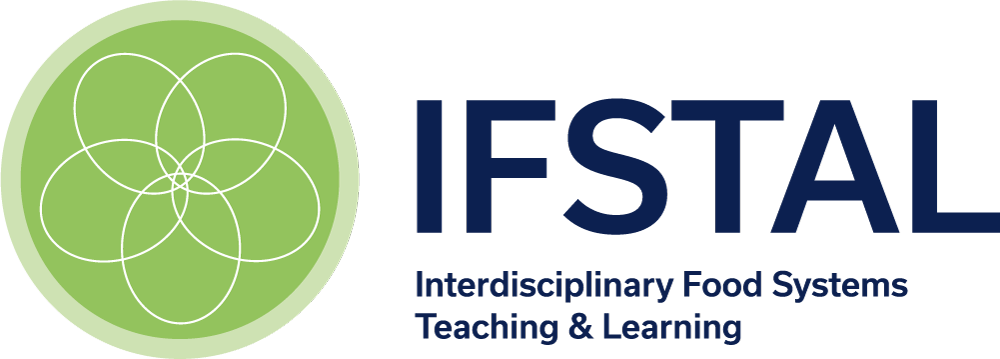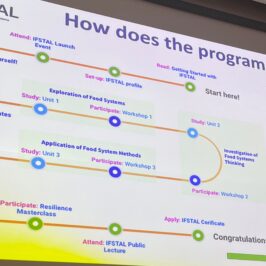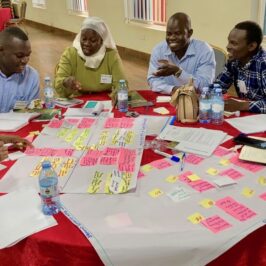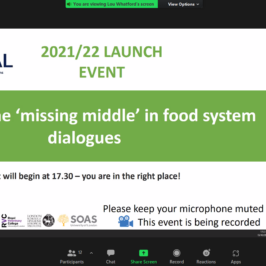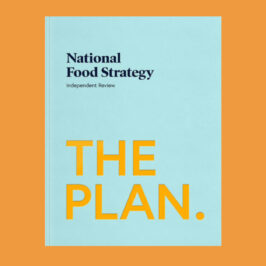I attended a Nexus Network workshop in December 2015 titled: “Uncertainties of future UK water, energy and food consumption”. The event was organised by Dr. Guy Ziv from University of Leeds. The Nexus Network is a three-year initiative funded by the Economic and Social Research Council (ESRC) to foster debate, innovative research and practical interdisciplinary collaborations across the linked ‘nexus’ domains of food, energy, water and the environment.
The workshop I attended was the follow-up of a previous event that was held at the University of Leeds on 23rd November 2015. The purpose of these workshops was to bring together academic and other expert practitioners to discuss the following questions:
- What are the drivers that will affect mid-century UK water, energy and food consumption?
- How are they inter-connected with each other?
- Which are more important (more influential and/or more uncertain) to better project future UK demand?
- What information will decision-makers want on these drivers and scenarios?
A report discussing the outcomes is to be published in February 2016 and I will upload it to the VLE when it becomes available. In this post, I would like to share my reflections on the methodology and the structure of the second workshop.
The methodology chosen for both workshops was an analytical modelling framework known as “Fuzzy Cognitive Mapping” (FCM). At the first workshop, attendees were asked to consider each dimension (water, food and energy) separately to produce and then combine three FCMs into one integrated map of the nexus illustrating the drivers shaping the UK domestic demand for water, food and energy. In the second workshop, a smaller group of people went through the four FCMs generated at the first workshop to ensure they were robust and to question any unclear drivers or connections.
After reviewing and editing the maps (which took longer than the facilitators had expected), we then worked in groups to create and analyse four contrasting scenarios across two axes: the vertical axis was Brexit (Brexit or no Brexit) and the horizontal axis was climate change (from 0-2 to 2-4 degree temperature increase). We then considered what the impacts on the four FCMs developed in the first workshop would be in each scenario. Finally, we discussed the relevance to policy-making at the national and EU level and what strategies we would use for best communicating the issues raised to policy-makers and inform how the UK water-energy-food infrastructure should be adapted.
FCM can be used for problem solving in situations in which numerous interdependencies are thought to exist between key components or variables of a system, but quantitative, empirically-tested information about the forms of these interdependencies is currently unavailable or hard to gather in short time or with few resources. FCM aims to encapsulate qualitative knowledge from expert participants to construct a simple systems dynamics model of a specific issue. By focusing on causality, FCM can help facilitate stakeholders’ discussions to identify drivers and how different pairs of factors or concepts interact in a wider complex system.
For a brief account of the history of cognitive mapping and the development of FCM methodology, see Özesmi and Özesmi’s paper “Ecological models based on people’s knowledge: a multi-step fuzzy cognitive mapping approach” from 2003. In this paper, the authors identify four types of environmental problems for which gaining insights or predicting system behavior can be very difficult. They present FCM as a multi-step approach that synthesises relevant useful techniques from many disparate disciplines on cognitive mapping and offer a methodological tutorial discussing also the advantages and disadvantages of using FCM.
Because the cognitive maps central to FCM emerge from mental models, not from empirically-driven, statistically-based models or process-based models, it is key to have a wide range of experts producing and reviewing the maps. By involving lots of participants, an aggregated and wider knowledge base can be achieved to create models that can then be used to predict how the system might behave when certain variables change. One of the expected outputs of these Uncertainty Nexus workshops is one such model that different stakeholders can then tweak and apply to their own work.
In my experience, to make the most of FCM, it is key to ensure the group of expert participants is diverse, with a balanced mix of people from different academic disciplines, civil society, industry and government to capture as many perspectives on the system as possible. It is also advisable to get each group to examine the maps produced by the other groups to ensure the concepts are clear and no obvious driver or interconnection is missing; for example, the food map that we reviewed did not include cultural norms and the role that retailers (through pricing offers and marketing) and other actors (e.g. celebrity chefs) have in shaping domestic food demand. The iteration process not only raises concept/driver validity but also helps improve mutual understanding amongst different groups of stakeholders/disciplines that gradually become more familiar with other participants’ ways of perceiving and articulating the problem discussed.
The main issue when using FCM is to realise that the experts’ stereotypes, biases, partial knowledge and different ways of framing reality are encoded in the maps. Attendees need to reflect and be humble about where their expertise lies and where their personal stereotypes and general knowledge starts. Other difficulties when using FCM include use of jargon, ambiguity when defining concepts/drivers and lack of time to allow participants to understand each other’s points of view; this last point is specially relevant since FCM is considered a “quick” way of getting the input from large groups of experts. However, despite being a faster approach, it still requires time.
An interesting pre-workshop exercise is to construct your own individual map before taking part in FCM in a group context. This will help you reflect on your biases and perspective of the system. After the workshop, it is advisable to undertake a boundary critique, reflecting on what views and what actors have been excluded from the process and how that might have affected the resulting maps. Another way of interrogating the validity of the maps is to review whatever literature, even if scanty, on the topic. Do the findings from the literature review reinforce or contradict the maps produced by the groups?
I leave you with this quote from Prof Andy Stirling, director of the STEPS Centre at Sussex University:
“science for policy holds responsibilities not only to be accurately reflective of the objective systems it is concerned to represent. It is at least equally obliged to be reflexive about the ways these representations are conditioned by subjective systems in which “the science” is produced” (Stirling, 2015:59)
Have you ever used FCM? In what context? What did you think of it?
If you have never used it before, would you consider using it in your research? Why?
References:
Özesmi, Uygar, and Stacy L. Özesmi (2004) Ecological models based on people’s knowledge: a multi-step fuzzy cognitive mapping approach. Ecological Modelling 176.1 (2004): 43-64.
Stirling, A. (2015) Emancipating transformations: from controlling “the transition” to culturing plural radical progress. In Scoones et al (eds.) The Politics of Green Transformations. Oxon: Routledge
